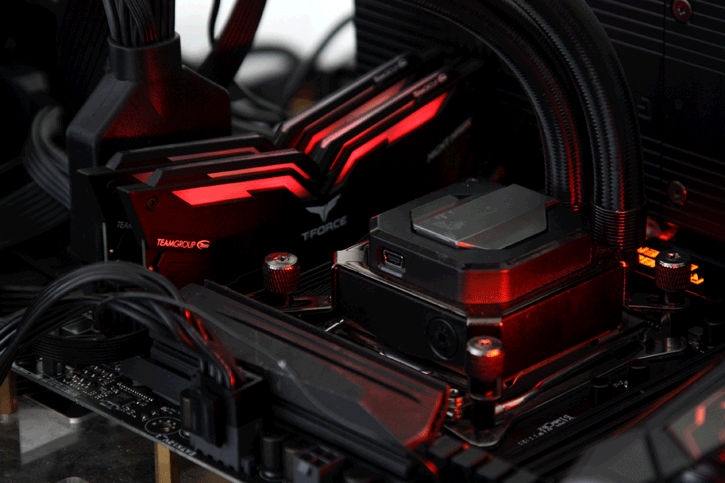System Memory Bandwidth Performance
System Memory Bandwidth Performance
As explained - Intel has a couple of certified partners for memory to get some sweet XMP (Extreme Memory profiles) 2.0 profiles going. We test memory both at the default JEDEC 2133 MHz for DDR4 and then with XMP 2.0 enabled at 3000 MHz.
Default 2133 MHz - Boring ?
What you will notice is pretty far our dual-channel read and write numbers. You are basically hovering (dual-channel) towards 30 GB/sec range. Things however will get crazier quickly, behold the coolness below:
Below my friends is configured by enabling XMP in the BIOS, and that's it. All of the sudden, the bandwidth numbers will change dramatically:
Above - Default clock frequency on CPU / CL14 3200 MHz on DDR4 / Quad Channel
Hello 45 GB/sec read ranges for dual-channel! So if you like to go a little more crazy in bandwidth, purchase some nice compatible faster XMP ready memory and enable that XMP profile in the BIOS. Faster memory is relative though, your overall PC experience will not be much faster, yet memory intensive applications like say transcoding or a CPU limited game that where you will see little gains. Let's chart it up:
We tested the memory as highlighted in the charts Now with the regular memory at 2133 MHz versus AIDA memory tests we see good performance hovering at the 31K marker, and with a 3000 MHz kit, you are reaching 46K GB/s (in dual-channel).
Memory Write Test
We obviously did the same with the memory write tests. The Write perf jumps to 36K at 3000 MHz at dual-channel. Just enable XMP in the BIOS and you are good to go.
Keep in mind that everything above this Team Group entry is quad-channel performance and below it, other dual-channel setups.






